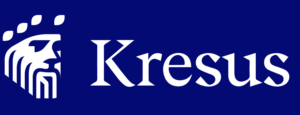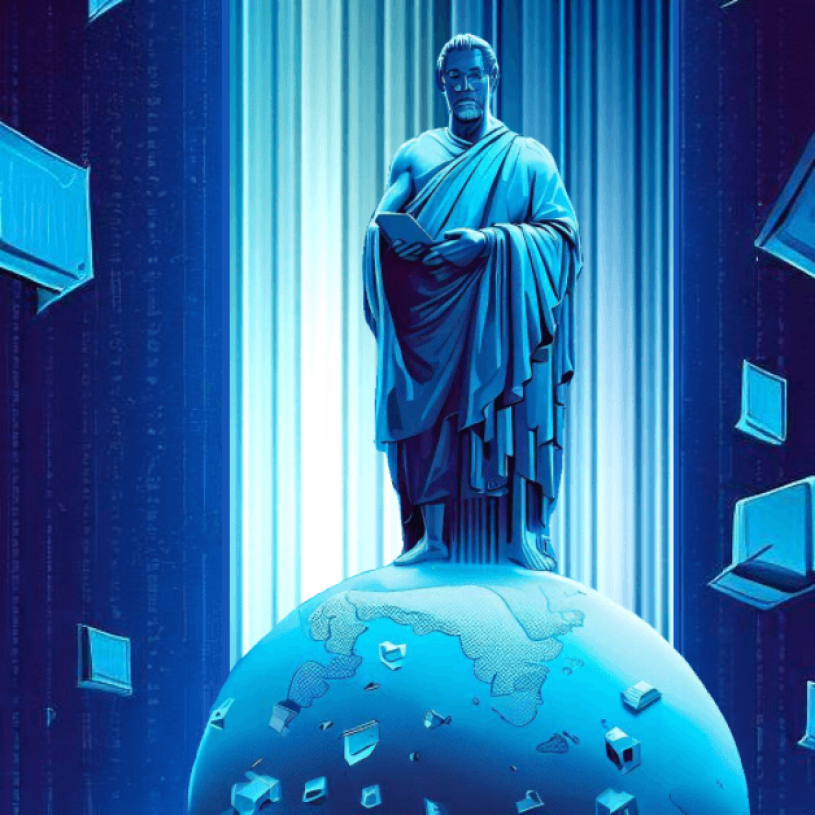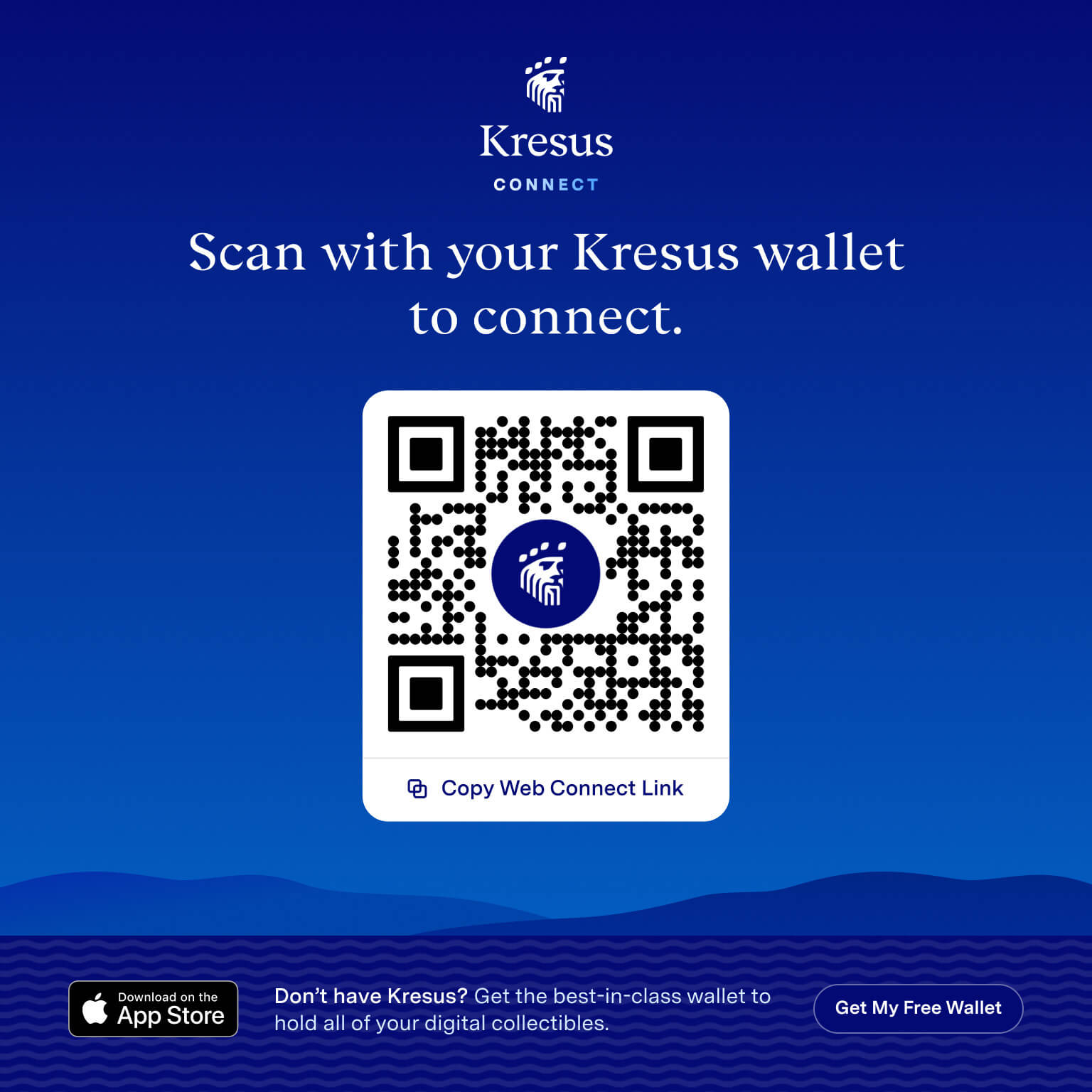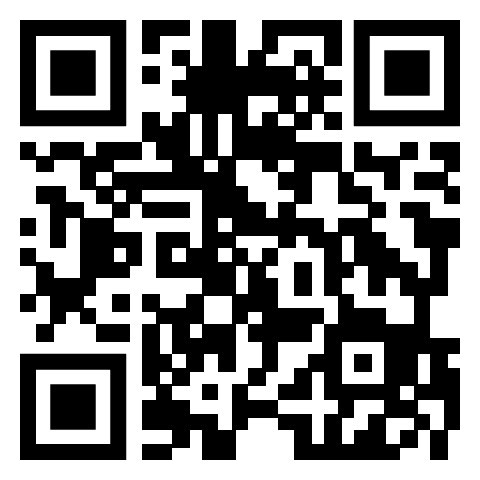Whether you’re deep in the web3 space or brand new, there’s a good chance you’ve heard of NFTs.
NFTs, or non-fungible tokens for short, are tokens that represent ownership of digital assets on the blockchain. Though NFTs began their ‘come up’ as early as 2017, the COVID-19 pandemic lent the NFT ecosystem an opportunity to break onto the world stage.
The Kresus Super App
- Cutting edge security. Total transparency
- Easy to set up. Impossible to get locked out
- A dynamic place to learn, collect, and connect
Get it now. Scan the QR code
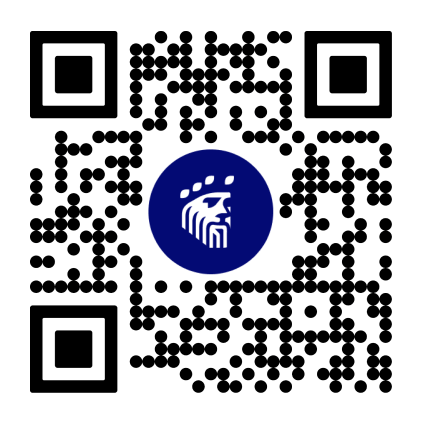
The boom time that NFTs experienced permeated culture, both online and real, and major projects became a symbol of clout among both web3 maximalists and global celebrities.
Before their explosion onto the scene, though, NFTs winded a unique path—one that relied on the involvement of blockchain hobbyists and builders. To better understand what NFTs are, and what they’re becoming, it might first help to understand where they started.
A brief history of NFTs
NFTs can trace their origin to as early as 2014. However, NFTs as we know and love them today got their start in 2017 with the launch of the CryptoPunks.
Early Days (2014-2017)
The CryptoPunks launched in Summer 2017 and quickly became the first major NFT collection ever. There were 10,000 Punks—algorithmically-generated 24×24 pixel art images—up for grabs on the Ethereum blockchain.
Perhaps unlike most NFT projects today, every Punk was free for the taking. Today, the Punks are ubiquitous with crypto and NFT culture, which has made them a hot collector item among web3 maximalists—and an expensive asset to have in your wallet.
Also Read:
At the end of 2017, a team of builders called Dapper Labs launched CryptoKitties, a blockchain game which made use of NFTs. Users could collect kittens, represented by ownership of NFTs.
The success of the CryptoKitties inspired the developers of NFT marketplace OpenSea, which would become one of the first places where these tokens could be bought and sold. It would grow into the world’s largest NFT marketplace.
Rise of the Rest (2018-2020)
In June 2018, the success of Punks, CryptoKitties, and NFTs led Ethereum developers to approve a proposal that would create a ‘token type’ for NFTs. ERC-721 was accepted and has become the backbone of most NFT projects on Ethereum.
For several years, the NFT ecosystem would grow, both on-chain and off. While companies like Nike and Live Nation filed patents which floated the use of various NFT technologies, NFTs began being used to represent ownership of land and virtual objects in digital metaverses like Decentraland.
The Bull Run (2020-2022)
NFTs eventually hit their fever pitch as the crypto bull run picked up during the pandemic. The launch of the Bored Ape Yacht Club (BAYC) in April 2021 quickly turned web3 into a cultural conversation piece.
Leading celebrities and brands embraced the Bored Apes, NFT culture, and blockchain—with some of the world’s biggest talents setting their profile photos to the illustrated characters and buying .eth or .sol domains in embrace of the technology.
During this period, billions of dollars worth of NFTs were bought and sold on major exchanges and blockchains. The majority of these NFTs were sold on ‘blue chip’ blockchains like Ethereum, but up-and-coming chains like Solana and Cardano ate up more conversation.
At the same time, NFT builders found a cultural sweet spot through licensing. Dapper Labs, the developer of the CryptoKitties, launched NBA Top Shot and NFL All Day, two licensed NFT collections which operated on top of their own blockchain, Flow.
Though the bull run was profitable for some speculators, many users were attracted to the community aspect of major NFT projects.
The Great Refocusing (2022-Present)
In March 2022, Yuga Labs, the developers of the Bored Ape Yacht Club, bought the rights to the CryptoPunks and Meebits from its developers in a bid to become an NFT powerhouse. However, the company’s early efforts to build a blockchain-based metaverse was soon overshadowed by the collapse of several major crypto companies.
The NFT market retreated with the broader crypto market, and ever since, NFTs have been in something of a hibernation period. NFT mainstays like the Bored Apes and CryptoPunks have retreated from their all-time highs, while many ‘profile picture projects’ (PFP) have evaporated in the downturn.
The ‘washing out’ of NFT projects can be credited to communities and developers becoming disinterested in space, which has become less of a ‘money grab’ since the bull run.
Though many NFT speculators look at this as negative, the NFT space has become freer without the pure economic incentives—and the opportunity to examine what NFTs and digital collectibles would be good for has reemerged.
Now, both major companies and blockchain builders are weighing how they can use NFTs to build even more engaging experiences with customers, users, and creators.
What are NFTs good for?
Up to this point, most people’s knowledge of NFTs boils down to profile picture projects like the Bored Apes and CryptoPunks. However, the opportunity for NFTs is way greater than illustrated art collectibles.
NFTs have been floated as an option for credentialing, ticketing, DeFi vaults, and representing assets or video game items. In fact, in some cases, NFTs are already in use in these spaces:
- Just take Unstoppable Domains for example. They use NFTs to represent ownership over custom ‘crypto domains’ which can substitute for the notoriously long hexadecimal addresses people stress over. When you join Kresus, you can claim your own custom .kresus domain through our partnership with Unstoppable Domains—something we imagine will make your transfers much less stressful.
- Decentraland is another great example of how NFTs can be used to represent ownership of digital assets. Decentraland is a digital metaverse where every parcel of land and every in-game item is represented by an NFT. If you own the NFT, you own the asset. Builders in the Decentraland world have already built digital casinos, minigames, homes, a business district, and even a university.
- Some social clubs have even started using NFTs as a ‘membership ID’ for access: Flyfish Club, an upcoming restaurant in New York City, requires you to own a certain NFT to gain entry.
- DeFi projects like QiDao have used NFTs to represent ‘vaults’ in their ecosystem. These NFT vaults hold cryptocurrencies deposited by the user, which allow them to take out an interest-free stablecoin loan against those assets.
These are just a few examples of how NFTs are being used in a practical sense. In the 2022 downturn, the NFT curious became increasingly concerned about utility, rather than value. As a result, novel ways to use NFTs accelerated in finding traction.
Future Use of NFTs
Even though the NFTs of yester-year are decisively down, the sky is the limit for NFTs. NFTs are being embraced as potential bridges between the real world and blockchain technology.
In October 2022, a real estate investor purchased an NFT representing ownership of a three-bedroom home for $175,000. The sale, which took place on an NFT marketplace, was a milestone purchase—at least in the sense that no home had ever been turned into an NFT and then sold.
In the future, it’s possible that we will see way more of this: NFTs which represent ownership of real world assets, with a record of the sale or ownership available on the blockchain. This means that titles for vehicles, real estate properties, stock certificates, and other assets might one day be minted on a blockchain near you.
We might also start to see NFTs used for credentialing, tickets, and loyalty programs. Companies like Ticketmaster recently began flirting with potentially using NFTs to gate ticket sales. At the same time, NFT airline tickets are also getting a unique first pilot. And in the world of loyalty programs, Starbucks also opened its doors to the potential of web3 and NFTs in 2023.
Ultimately, the technology of NFTs is still in its early days—and past downturns have done little to affect the momentum of the technology. At its core, an ardent community of people have supported and built upon the potential use cases of decentralized technology, and the next few years for NFTs might prove to be even bigger than the last few.
How should I get engaged with NFTs?
NFTs are in a unique place right now. Though the crown jewels of the NFT bull run are struggling, the applications for NFTs remain plentiful. This means that toying around in the world of web3 might teach you a thing or two about this valuable asset—and maybe it’ll even introduce you to NFTs’ next big application.
Kresus offers web3 newbies and maximalists the best place to store, organize, and interact with digital collectibles like NFTs. We’re future-proof and entirely goof-proof as once loyalty programs, ticketing systems, and ownership documents move to the blockchain, Kresus will have you covered.




